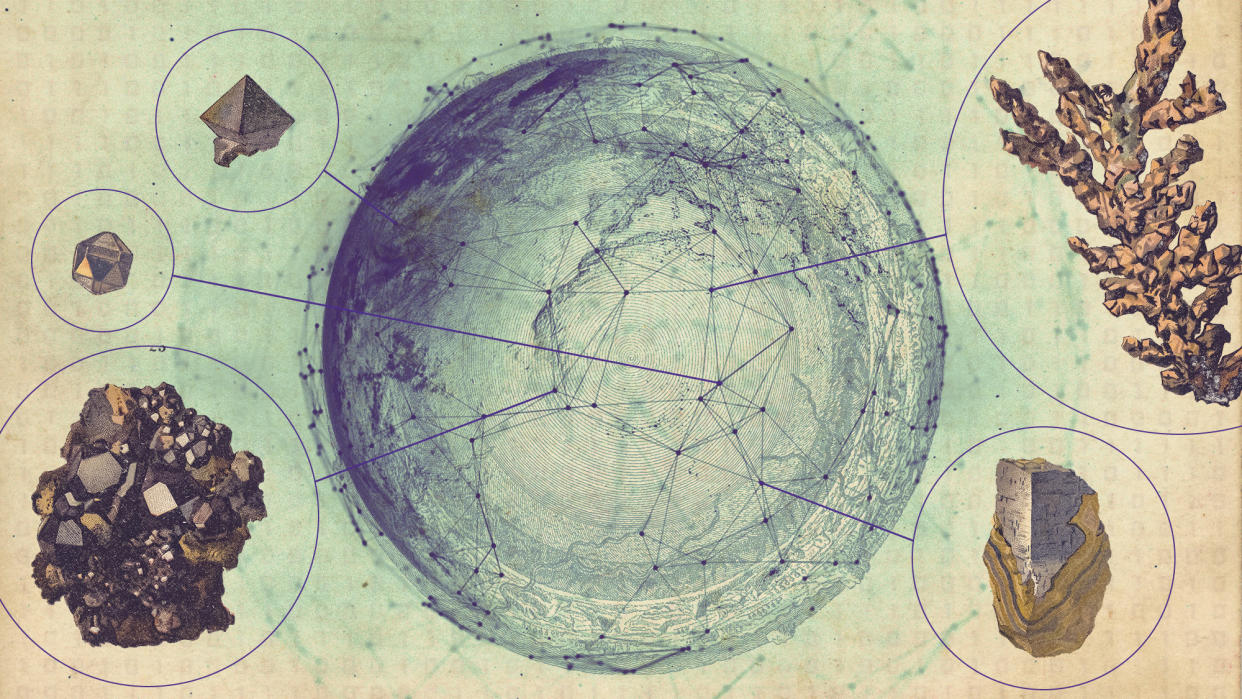How AI is helping companies find valuable mineral deposits

A California-based metals company backed by some of the richest people in the world has used AI to find one of the world's biggest copper mines.
"When you hear the words Bill Gates, Jeff Bezos, and AI, the first thing that pops into your head probably isn't a massive copper mine in Zambia that could help power the world," said Quartz.
But a future that is increasingly electric "will need a lot of batteries, motors and wires", said The Economist. That inevitably means "a lot of cobalt, copper, lithium and nickel with which to build them. Great times, then, for prospectors, and particularly for any who think they can increase the efficiency of their profession."
'Google Maps of the Earth's crust'
KoBold Metals, which takes its name from the "mythical underground sprites that bedevilled miners in medieval Germany", uses artificial intelligence to scrape historical geological archives and create a "Google Maps" of the Earth's crust.
Some of the reams of geological, geochemical and geophysical data needed to feed AI models is new, said The Economist, "but a lot once mouldered in the archives of national geological surveys, journals of geology and other historical repositories".
Algorithms then help "spot patterns and draw inferences about where to sink new mines", said the publication. Mining.com reported that the technology "can locate resources that may have eluded more traditional geologists and can help miners decide where to acquire land and drill".
KoBold is not the only miner deploying AI, but its huge find in Zambia is a watershed moment for how technology can be used in exploration.
'AI has plenty of room to improve things'
AI is increasingly being touted as a useful way to find new sources for lithium, cobalt, copper and nickel "more quickly and, theoretically, with less environmental degradation than previous methods", said Business Green.
The International Energy Agency has said that access to these minerals – and the investments needed to obtain more – "fall short of what is needed to transform the energy sector".
Copper in particular is used in solar panels, wind turbines and other equipment needed to transition the world towards net-zero energy, "so if AI has the potential to get critical minerals out of the ground and into products faster, that could be a good thing", said Quartz.
The world's largest mining companies are struggling to find high-quality assets and the demand for copper is "forecast to soar as countries set up efforts to electrify their transportation systems and pivot to renewable energy", said the Financial Times (FT). So the latest discovery in Zambia offers a "potential boost to the west's efforts to cut its reliance on China for metals vital to decarbonise everything from cars to power transmission systems".
As much as 99% of exploration projects fail to turn into physical mines. "AI therefore has plenty of room to improve things," said The Economist. "It may also help with a more subtle problem. By greatly expanding the volume of rock which can be searched, it will enable new strikes in familiar, well-governed countries."
Josh Goldman, founder and president of KoBold Metals, told the FT: “Exploration is where babies come from. You can help babies grow but you've got to get the birth rate up. That's the hardest part: how do you find things in the first place."
It seems AI could provide the answer.

